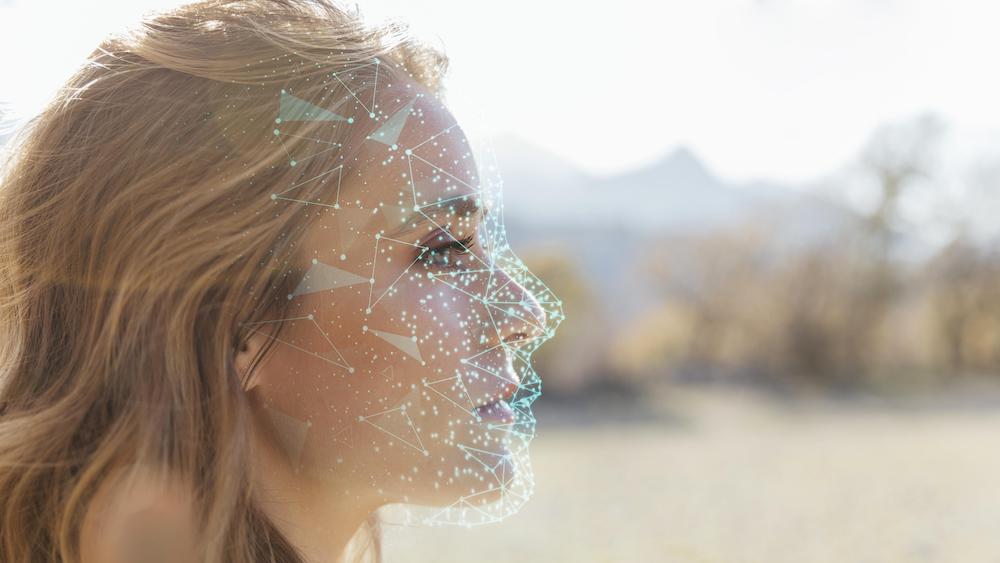The plethora of websites with content ranging from advertisements, information, entertainment and more is so common today that many forget that this is not something everyone can take advantage of to an equal degree. While the adoption and spread of the internet geographically is one thing to look closer at, here I want to draw attention to groups within areas where the internet access is generally good and yet they have issues accessing website content. I want to talk about web accessibility.
One significant group of people which many websites do not sufficiently support are disabled people. About 15 % of people worldwide live with some sort of disability (Monsido, 2021), and while not everyone struggles to navigate a website without sufficient accessibility standards, many do. For a website to become more accessible it needs to consider a “multi-sensory approach and a multi-interactivity approach” (Singh, 2021). In other words, broaden the ways in which a user can consume and interact with the website content. Examples of things that could be done are to support voice navigation (Singh, 2021), ensure appropriate color contrast and add alternative text to images (Monsido, 2021). Overall a website should not require that an action/content be performed/consumed in one specific way.
This is not an unknown issue. It is common for countries to have legislation requiring web accessibility (Linnett, 2022). Despite this, the majority of websites do not actually comply with the requirements and many remain inaccessible to a significant portion of our population (Monsido, 2021). One significant obstacle is the sheer amount of websites out there and how easy and quickly new ones can be created – it is simply tough to work through them all and ensure accessibility. Especially since this is often done manually (Singh, 2021). So not only do we need to improve web accessibility, but we should also improve the tools to achieve web accessibility.
Sources:
Singh, P. (2021) Internet if far from being accessible for all people with disabilities, accessible says, CNBC. Available online: https://www.cnbc.com/2021/07/26/the-internet-is-far-from-being-accessible-for-all-people-with-disabilities-advocate-says.html (Accessed 5 October 2022)
Linnett, R. (2022) How many people with disabilities use your website? Available online: https://reciteme.com/news/how-many-people-with-disabilities-use-your-website/ (Accessed 5 October 2022)
Monsido (2021) 33 Accessibility statistics you need to know in 2021. Available online: https://monsido.com/blog/accessibility-statistics (Accessed 5 October 2022)


